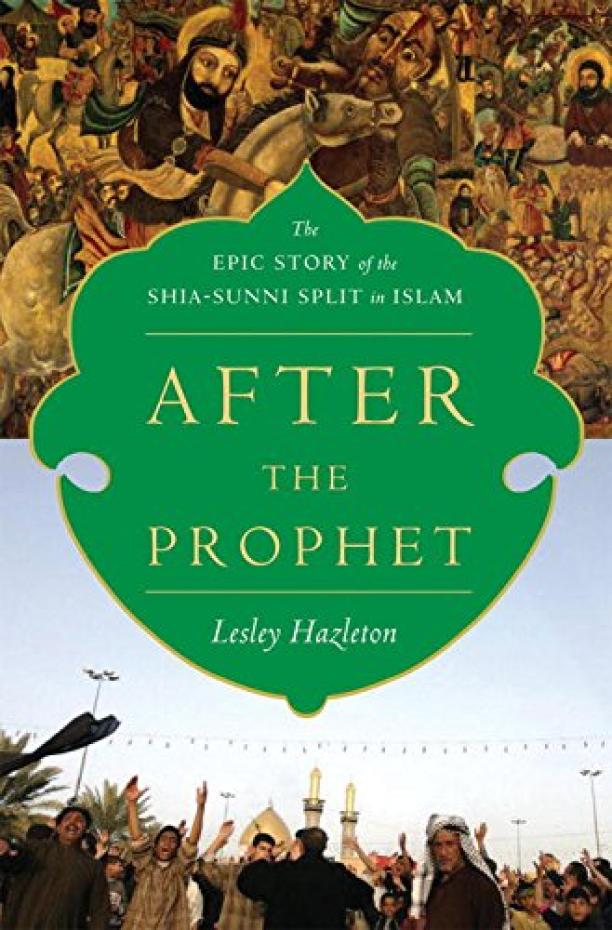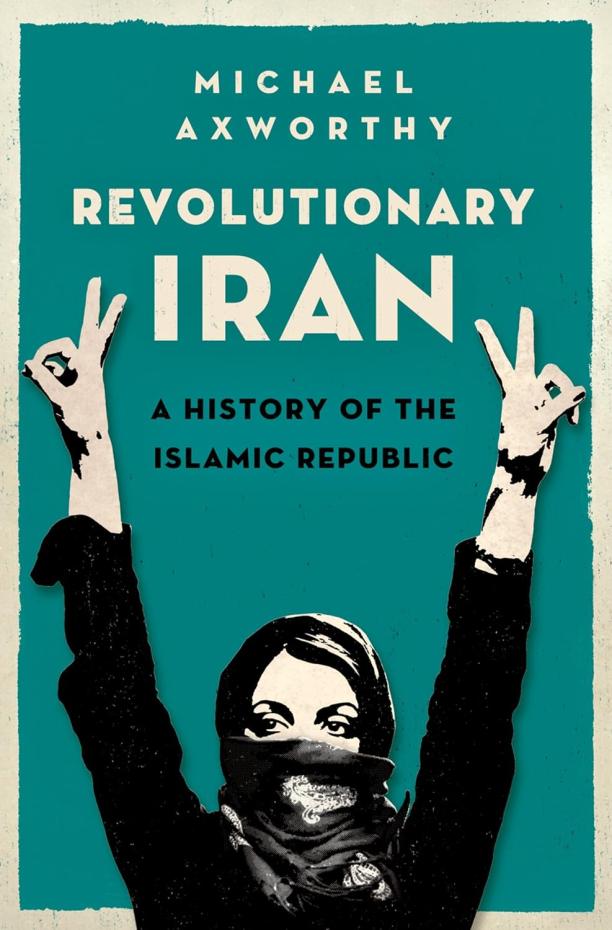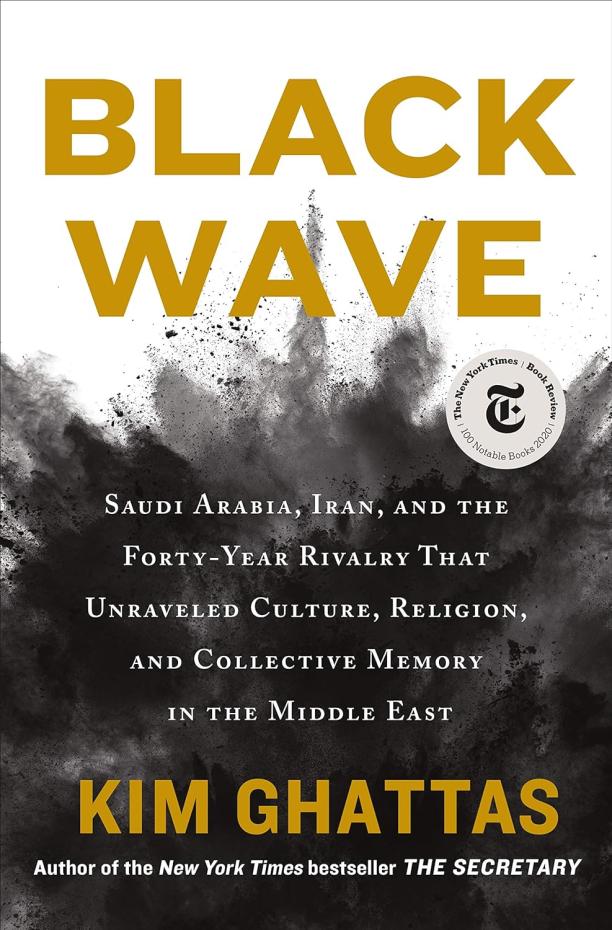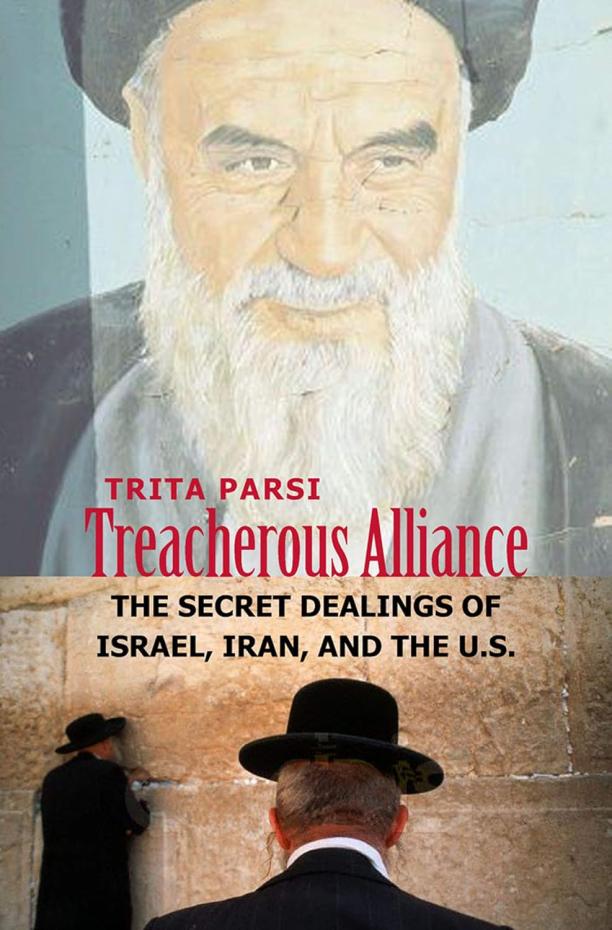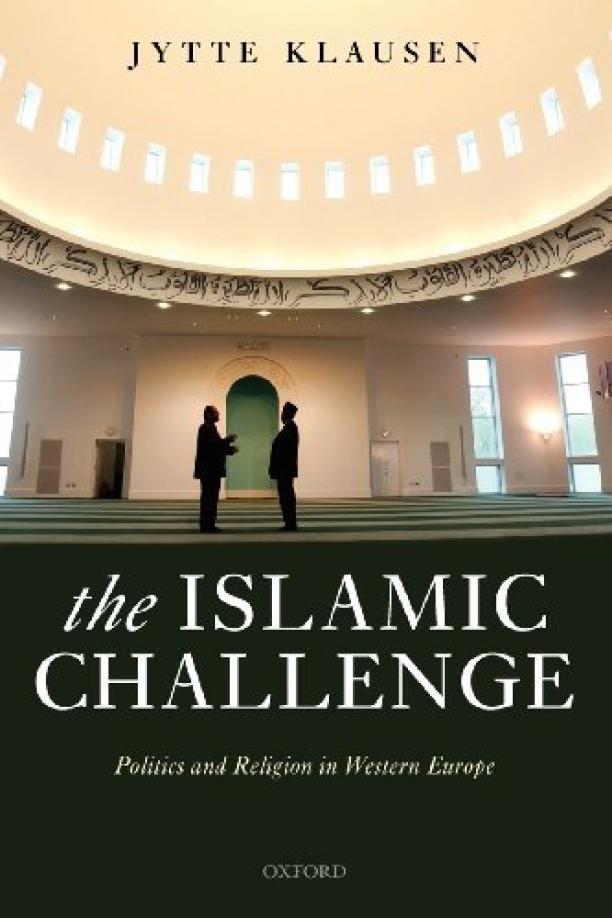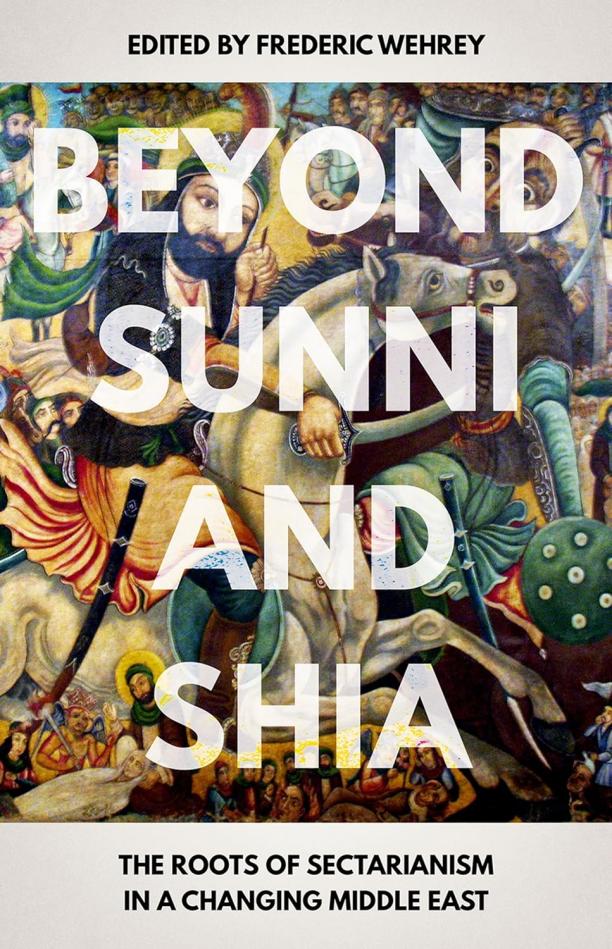Summary:
The book delves into the complex socio-political landscape of the Middle East, examining the historical and contemporary factors that have fueled sectarian tensions, particularly between Sunni and Shia communities. It explores the role of external powers, domestic politics, and social movements in exacerbating or mitigating sectarianism, offering insights into the regional dynamics and the implications for future stability and conflict.
Key points:
1. Sectarian Identity's Flexibility: Wehrey shows that Sunni and Shia identities change based on politics, society, and history. They can be used by leaders for political gain, especially during conflicts.
2. External Influence on Sectarian Strife: The book notes that Iran, Saudi Arabia, and the US worsen sectarian splits by backing different sides, which can escalate and spread local disputes.
3. Sectarianism for Authoritarian Control: Wehrey examines how Middle Eastern regimes use sectarianism to stay in power, using it to justify oppression and to pit groups against each other.
4. Socioeconomic and Policy Effects on Sectarianism: The book stresses that sectarianism isn't just about religion; it's also about social inequality and biased state policies that can lead to group tensions.
5. Chances for Sunni-Shia Unity: Wehrey mentions peaceful Sunni-Shia relations and potential unity based on common issues. He argues that improving governance and representation can ease sectarian conflicts.
Books similar to "Beyond Sunni and Shia":

